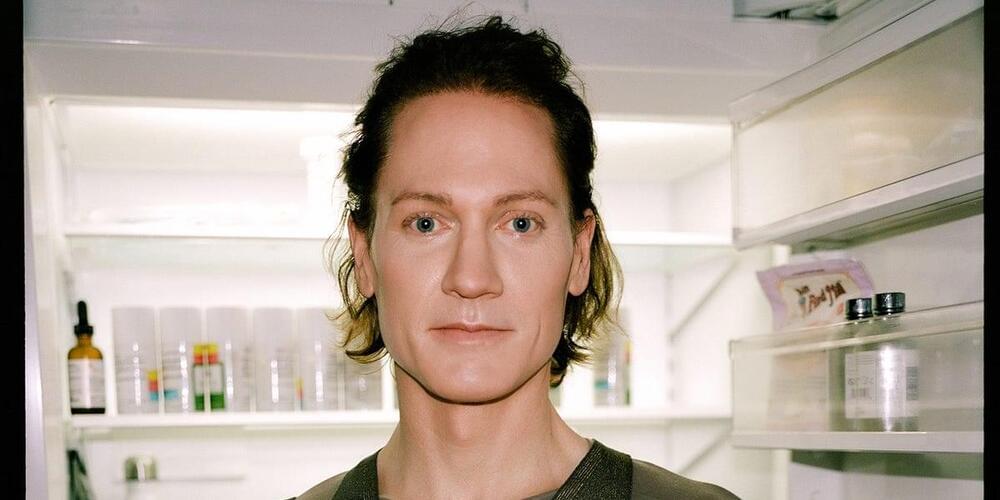The Kardashev scale measures a society’s technical development based on its capacity to capture energy. In 1964, the Russian astronomer Nikolai Kardashev proposed this system of measurement. The imagined scale of energy consumption is universal and includes the entire universe. Other proposals have been put forward for updating the scale since 1964, including additional power levels and criteria beyond just power itself. In a study presented at the Byurakan conference, a science gathering whose aim was discussing the Soviet Union’s space listening program for radio astronomy, Kardashev initially proposed the concept of his scale. Subscribing to our YouTube channel will provide you access to exclusive content regarding extraterrestrial civilization. Your participation in the form of shares, likes, and comments is greatly appreciated. Please don’t be shy about chiming in with your thoughts and inquiries; we welcome them all.
Subscribe for more! ► https://bit.ly/2Q64mGd.
Credit: NASA, ESA, ESO, SpaceX, Wikipedia, Shutterstock,… #TheSimplySpaceEN …
#TheSimplySpaceEN




